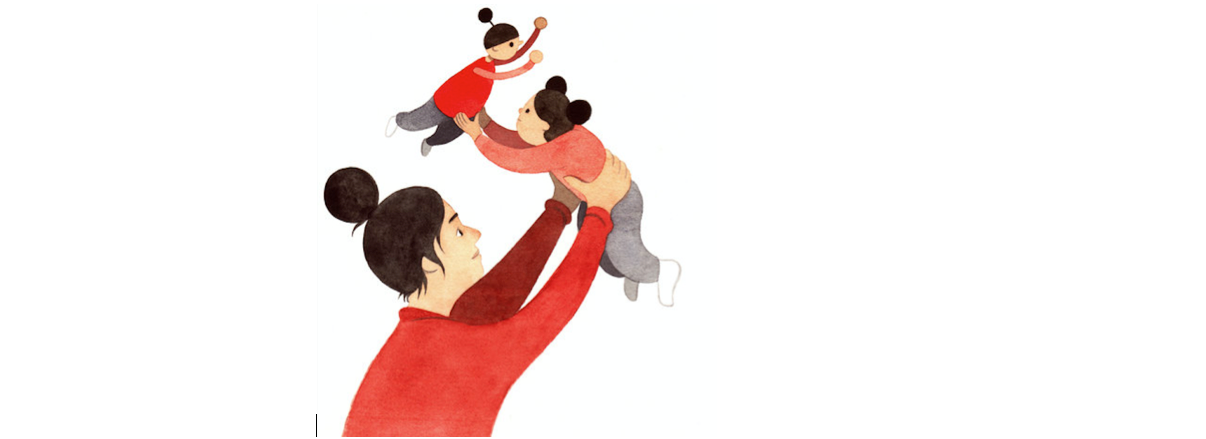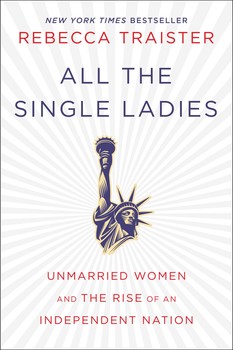I really like this article, but I don’t love the title.
The last paragraph is key – try reading it first, then read through the whole piece.
Yes, It’s Your Parents’ Fault
by KATE MURPHY, nytimes.com JAN. 7, 2017
We live in a culture that celebrates individualism and self-reliance, and yet we humans are an exquisitely social species, thriving in good company and suffering in isolation. More than anything else, our intimate relationships, or lack thereof, shape and define our lives.
While there have been many schools of thought to help us understand what strains and maintains human bonds, from Freudian to Gestalt, one of the most rigorously studied may be the least known to the public.
It’s called attachment theory, and there’s growing consensus about its capacity to explain and improve how we function in relationships.
Conceived more than 50 years ago by the British psychoanalyst John Bowlby and scientifically validated by an American developmental psychologist, Mary S. Ainsworth, attachment theory is now having a breakout moment, applied everywhere from inner-city preschools to executive coaching programs. Experts in the fields of psychology, neuroscience, sociology and education say the theory’s underlying assumption — that the quality of our early attachments profoundly influences how we behave as adults — has special resonance in an era when people seem more attached to their smartphones than to one another.
By the end of our first year, we have stamped on our baby brains a pretty indelible template of how we think relationships work, based on how our parents or other primary caregivers treat us. From an evolutionary standpoint, this makes sense, because we need to figure out early on how to survive in our immediate environment.
“If you’re securely attached, that’s great, because you have the expectation that if you are distressed you will be able to turn to someone for help and feel you can be there for others,” said Miriam Steele, the co-director of the Center for Attachment Research at the New School for Social Research in New York.
It’s not so great if you are one of the 40 percent to 50 percent of babies who, a meta-analysis of research indicates, are insecurely attached because their early experiences were suboptimal (their caregivers were distracted, overbearing, dismissive, unreliable, absent or perhaps threatening). “Then you have to earn your security,” Dr. Steele said, by later forming secure attachments that help you override your flawed internal working model.
Given that the divorce rate is also 40 percent to 50 percent, it would seem that this is not an easy task. Indeed, researchers said, people who have insecure attachment models tend to be drawn to those who fit their expectations, even if they are treated badly. They may subconsciously act in ways that elicit insensitive, unreliable or abusive behavior, whatever is most familiar. Or they may flee secure attachments because they feel unfamiliar.
“Our attachment system preferentially sees things according to what has happened in the past,” said Dr. Amir Levine, a psychiatrist at Columbia University and the co-author of the book “Attached,” which explores how attachment behaviors affect the neurochemistry of the brain. “It’s kind of like searching in Google where it fills in based on what you searched before.”
But again, history is not necessarily destiny. Intervention programs at the New School and the University of Delaware are having marked success helping at-risk groups like teenage mothers change their attachment behaviors (often passed down through generations) and establish more secure relationships. Another attachment-based intervention strategy called Circle of Security, which has 19,000 trained facilitators in 20 countries, has also proved effective.
What these protocols have in common is promoting participants’ awareness of their attachment style, and their related sabotaging behaviors, as well as training on how to balance vulnerability and autonomy in relationships.
One reason attachment theory has “gained so much traction lately is its ideas and observations are so resonant with our daily lives,” said Kenneth Levy, an associate professor of psychology at Pennsylvania State University who researches attachment-oriented psychotherapy.
Indeed, if you look at the classic categories of attachment styles — secure; insecure anxious; insecure avoidant; and insecure disorganized — it’s pretty easy to figure out which one applies to you and others in your life. The categories stem from tens of thousands of observations of babies and toddlers whose caregivers leave them briefly, either alone or with a stranger, and then return, a test known as the “strange situation.” The labels can also apply to how adults behave toward loved ones in times of stress.
Secure children get upset when their caregivers leave, and run toward them with outstretched arms when they return. They fold into the caregiver and are quickly soothed. A securely attached adult similarly goes to a loved one for comfort and support when they, say, are passed over for a promotion at work or feel vulnerable or hurt. They are also eager to reciprocate when the tables are turned.
Children high on the insecure anxious end of the spectrum get upset when caregivers leave and may go to them when they return. But these children aren’t easily soothed, usually because the caregiver has proved to be an unreliable source of comfort in the past. They may kick and arch their back as if they are angry. As adults, they tend to obsess about their relationships and may be overly dramatic in order to get attention. They may hound romantic interests instead of taking it slow.
Insecure avoidant children don’t register distress when their caregivers leave (although their stress hormones and heart rate may be sky high) and they don’t show much interest when caregivers return, because they are used to being ignored or rebuffed. Alternatively, a parent may have smothered them with too much attention. Insecure avoidant adults tend to have trouble with intimacy and are more likely to leave relationships, particularly if they are going well. They may not return calls and resist talking about their feelings.
Finally, insecure disorganized children and adults display both anxious and avoidant behaviors in an illogical and erratic manner. This behavior is usually the lingering result of situations where a childhood caregiver was threatening or abusive.
Tools to determine your dominant attachment style include the Adult Attachment Interview, which is meant to be administered by a clinician, or self-report questionnaires like the Attachment Styles and Close Relationships Survey. But critics said their accuracy depends on the skill and training of the interviewer in the case of the former and the self-awareness of the test taker in the latter, which perhaps explains why you can take both tests and end up in different categories.
“It can also be possible that people should be viewed as along a continuum in all categories,” said Glenn I. Roisman, the director of the Relationships Research Lab at the University of Minnesota in Minneapolis.
It’s worth noting that just as people in the insecure categories can become more secure when they form close relationships with secure people, secure people can become less so if paired with people who are insecure. “You need social context to sustain your sense of security,” said Peter Fonagy, a professor of psychoanalysis at University College London.
He added that having secure attachments is not about being a perfect parent or partner but about maintaining communication to repair the inevitable rifts that occur. In the daily battering of any relationship, Dr. Fonagy said, “if free flow of communication is impaired, the relationship is, too.”
Kate Murphy is a journalist in Houston who writes frequently for The New York Times.



You must be logged in to post a comment.